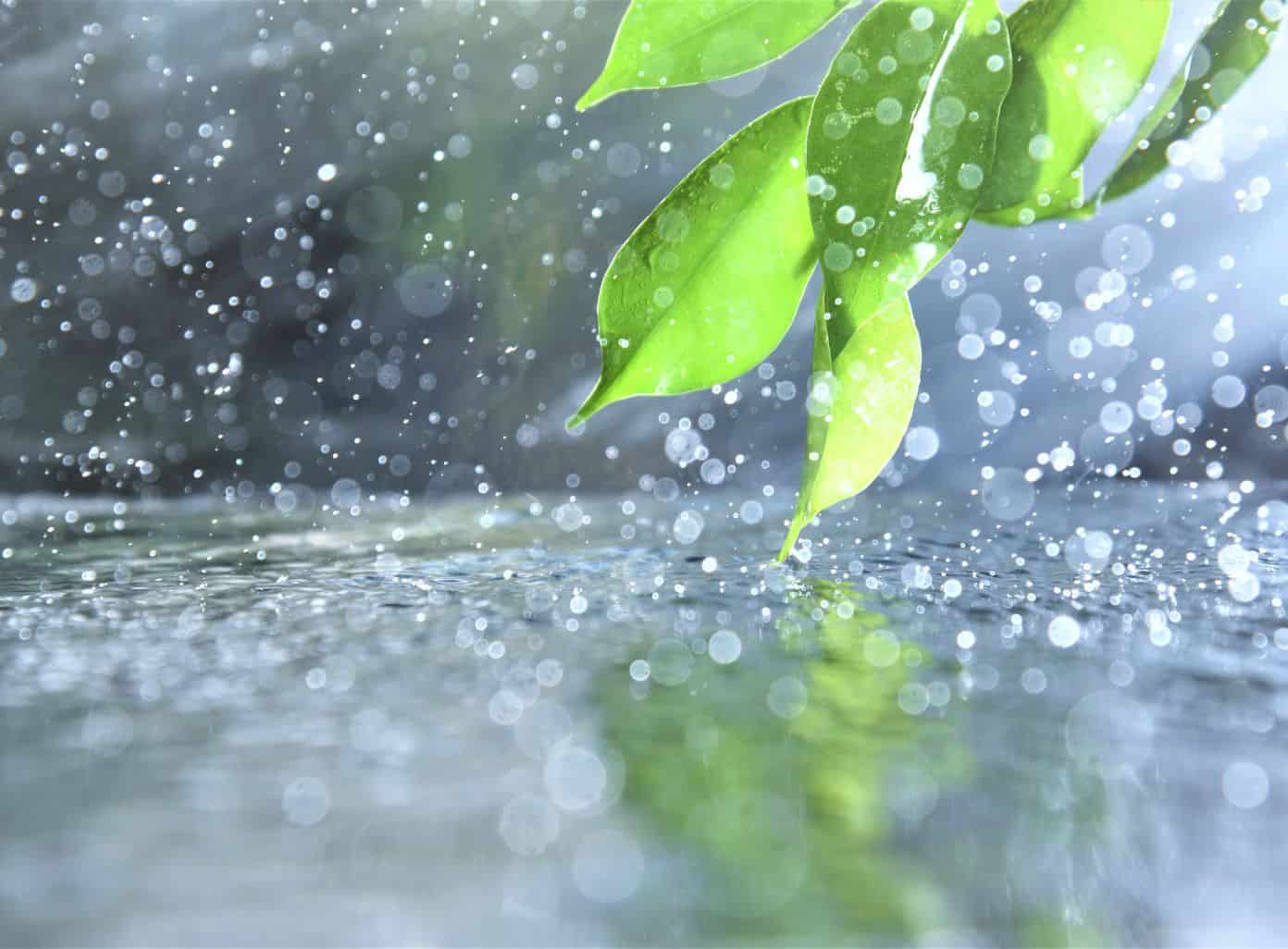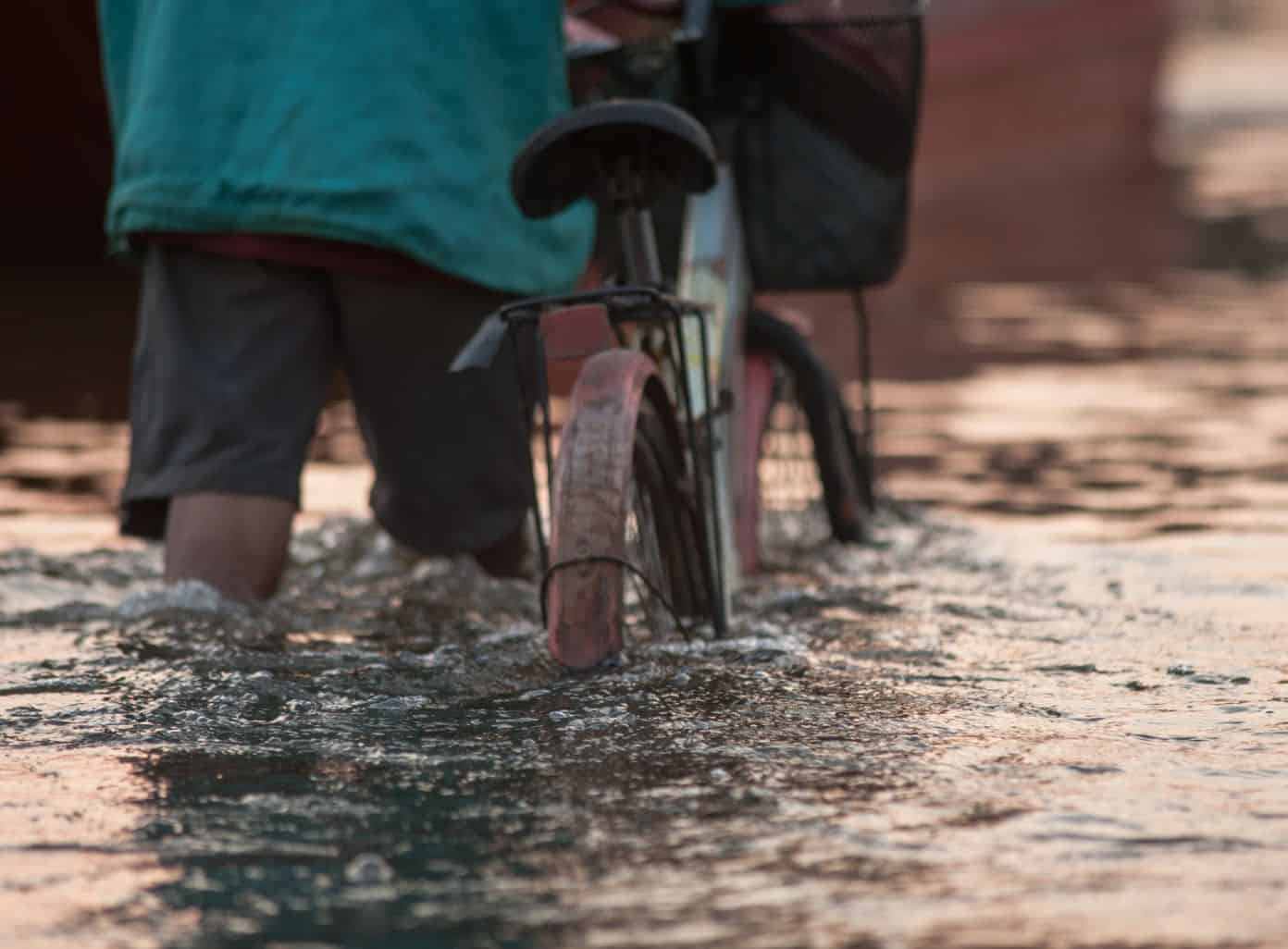Thailand’s monsoon season is a unique and beautiful time of year, but it can also bring its fair share of challenges. From heavy rain showers to flooded streets, it’s essential to be well-prepared for this time of year. In this article, we will guide you through everything you need to know to prepare for Thailand’s monsoon season and make the most of your time in this stunning country.
Understanding Thailand’s Monsoon Season

Before we dive into the preparations you need to make, let’s take a closer look at what exactly Thailand’s monsoon season entails.
Thailand’s monsoon season is a fascinating natural phenomenon that brings about significant changes in weather patterns and landscapes. It is a time of both beauty and challenges, as the country undergoes a dramatic transformation.
The Science Behind Monsoons
The monsoon season in Thailand occurs from May to October, characterized by a shift in wind patterns that brings abundant rainfall. This shift is due to the temperature difference between the land and sea, causing the warm, moist air to rise and cool, leading to the formation of rain clouds.
As the monsoon winds blow across the Indian Ocean, they pick up moisture and carry it towards Thailand. When these moisture-laden winds meet the mountain ranges in the country, they are forced to rise, resulting in the condensation of water vapor and the subsequent formation of rain clouds. This process is known as orographic lifting.
During this time, Thailand experiences frequent rain showers, often lasting for hours. The rainfall varies across the country, with the western coast, including popular tourist destinations such as Phuket and Krabi, receiving the most rainfall. The eastern coast, on the other hand, tends to be drier, with less rainfall and more sunshine.
These rain showers not only replenish the country’s water sources but also play a crucial role in supporting Thailand’s rich biodiversity. The monsoon season brings life to the forests, rivers, and wetlands, creating a lush and vibrant environment.
Timeline of the Monsoon Season

The monsoon season in Thailand typically begins in May and continues until October. However, it’s important to note that the intensity of the rainfall can vary throughout this period.
In May and June, the rain showers are generally more predictable and occur in the late afternoon or evening. This pattern allows visitors to plan their outdoor activities accordingly, making it possible to explore Thailand’s stunning landscapes during the drier parts of the day.
July and August are typically the wettest months, with heavy rain becoming more frequent. These months bring about a sense of awe as the rain pours down relentlessly, transforming the landscape into a glistening paradise. The lush greenery becomes even more vibrant, and the waterfalls reach their full glory, cascading down with tremendous force.
September and October see a gradual decrease in rainfall. While the showers may still occur, they become less frequent, allowing for more opportunities to venture out and explore. This transitional period offers a unique blend of both rainy and sunny days, creating a diverse and ever-changing atmosphere.
It’s important to keep in mind that while the monsoon season can bring about stunning natural beauty, it also poses certain challenges. The heavy rainfall can lead to localized flooding and transportation disruptions. However, with proper planning and preparation, you can navigate through these challenges and make the most of your time in Thailand during this enchanting season.
Essential Items for Monsoon Season
Now that we understand the basics of Thailand’s monsoon season, let’s discuss the essential items you should pack to ensure a comfortable and safe experience.
Clothing and Footwear Recommendations
When it comes to clothing, opt for lightweight, quick-drying materials that will keep you comfortable in high humidity. Pack a few pairs of long pants and long-sleeved shirts to protect yourself from mosquito bites.
Don’t forget to bring a sturdy pair of waterproof shoes or sandals to navigate through puddles and wet streets.
Health and Safety Supplies
In addition to your regular travel essentials, there are a few extra items you should consider for monsoon season. Pack a waterproof bag or cover for your electronics, such as cameras and phones, to protect them from rain.
It’s also a good idea to bring a small first aid kit with essentials like band-aids, antiseptic cream, and any prescription medications you may need. Mosquito repellent and sunscreen are a must, as well as a reusable water bottle to stay hydrated throughout your adventures.
Traveling During Monsoon Season
While it’s true that monsoon season can bring some challenges, it doesn’t mean you should avoid traveling during this time. With proper planning and precautions, you can still have a fantastic trip.
Transportation Considerations
During heavy rain, it’s common for some roads to flood, especially in low-lying areas. To avoid any potential disruptions, keep an eye on the weather forecast and plan your route accordingly.
Consider using trusted transportation options like taxis or ride-sharing services, as they will be more experienced in navigating the flooded streets. If you’re planning to rent a scooter, remember that road conditions may be hazardous in heavy rain, so proceed with caution.
Sightseeing During the Rainy Season
While the monsoon season might limit some outdoor activities, there are still plenty of experiences to enjoy. Visit indoor attractions such as museums, temples, or shopping malls to escape the rain.
If you’re keen to explore the outdoors, there are breathtaking waterfalls and lush rainforests that are at their most vibrant during this time of year. Just make sure to bring proper rain gear and check trail conditions.
Staying Safe During Monsoons
Thailand’s monsoon season can occasionally bring more severe weather events. It’s crucial to stay informed and prepared for any emergencies that may arise.
Understanding Weather Alerts and Warnings
Prioritize your safety by paying attention to weather alerts and warnings issued by local authorities. Familiarize yourself with the different levels of warnings, such as heavy rain, flash floods, or severe storms, and know what actions to take in each situation.
Dealing with Flooding and Other Weather-Related Emergencies
If you encounter a flooded area, avoid walking or driving through deep water, as it may be deeper or swifter than it appears. Seek higher ground if necessary and follow the guidance of local authorities.
In case of any weather-related emergencies, it’s important to have emergency contact information readily available. Save the numbers for local emergency services as well as your embassy or consulate.
Embracing the Monsoon Season
Beyond the challenges, Thailand’s monsoon season offers a unique experience and a chance to witness the country’s cultural significance during this time.
Cultural Significance of Monsoons in Thailand
In Thailand, monsoons are heralded as a blessing, as they bring an abundance of water needed for agriculture and symbolize renewal and fertility. It’s a time when locals celebrate festivals, such as the beautiful Loy Krathong festival.
Unique Experiences and Opportunities in the Rainy Season
The monsoon season also brings opportunities for unique experiences. Take part in a traditional Thai cooking class or immerse yourself in a relaxing spa treatment while enjoying the soothing sound of rain.
Additionally, the greener landscapes and fewer crowds make it an ideal time to explore popular tourist destinations without the usual hustle and bustle.
By preparing for Thailand’s monsoon season, you can embrace the beauty and cultural significance of this unique time of year. Pack the right items, stay informed, and make the most of your travel experience. With a little planning and flexibility, you’ll be rewarded with unforgettable memories in the Land of Smiles, no matter the weather.

